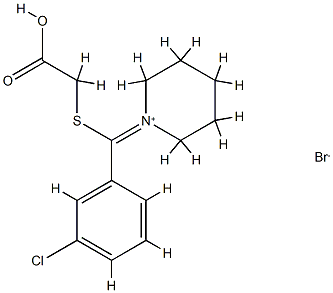| Structure | Name/CAS No. | Articles |
|---|---|---|
 |
Neuraminidase
CAS:9001-67-6 |
|
 |
Streptavidin
CAS:9013-20-1 |